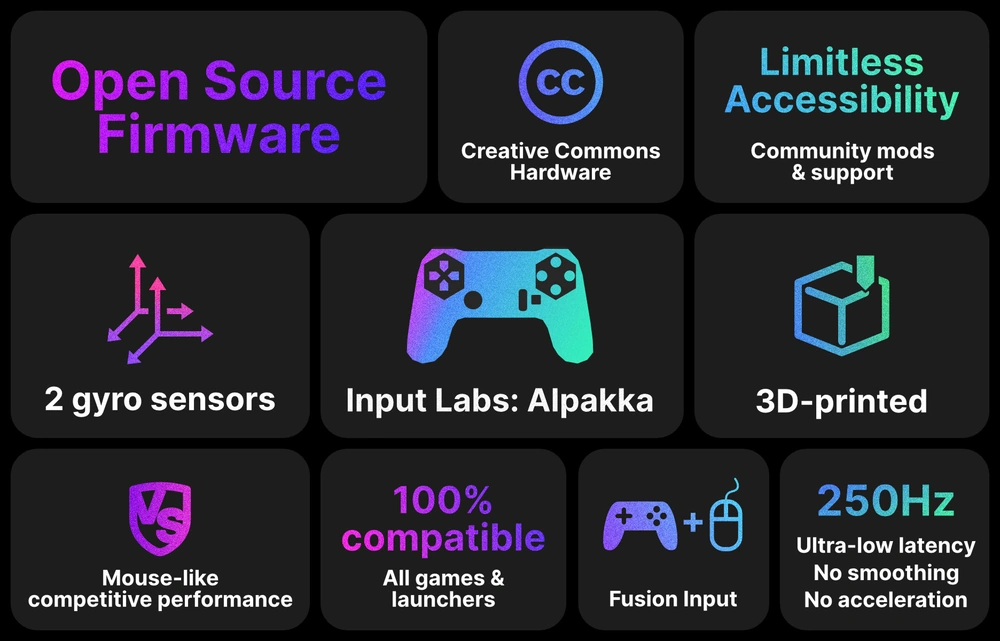
Table of Contents
Introduction
I’d been wanting to do a writeup for the Alpakka DIY game controller for quite a while now. However, I wanted to get the microcontrollers post covering the Raspberry Pi Pico out first. — For obvious reasons. — Since that is now complete let me introduce you all to the 100% Homemade open-source Alpakka DIY game controller. Input Labs is a small company from Finland that has only been around since 2022 inputlabs.io and their reference design the Alpakka.
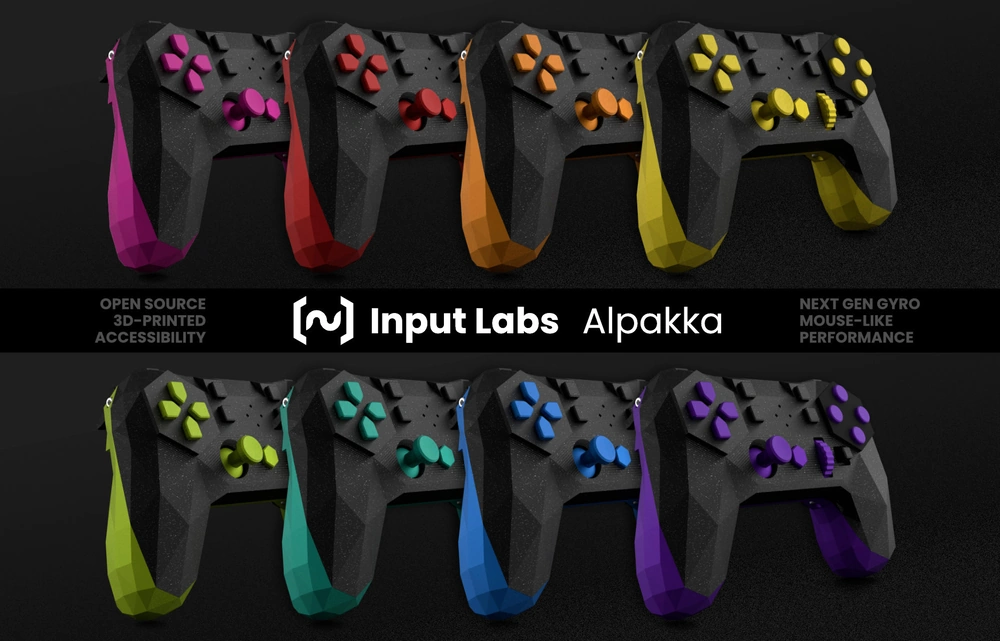
Input Labs
Input Labs doesn’t seem to be another company trying to squeeze every cent out of consumers that they possibly can. Here are the highpoints from their websites “About” page.
Who are we?
Input Labs Oy. (OsakeYhtiö) is a small company established in Finland, Europe.
Founded in 2022 by 2 friends, both engineers and gamers: Marcos (born in Spain) and Michael (born in Germany). Later several friends joined as testers, idea givers and contributors. And now we are waiting for you.
Our principles and goals
We embrace open source, backward compatibility, right to repair, and privacy. We are disgusted by FOMO, predatory sales, and people imposing their preferences.
We are not a startup, our goal is not to grow artificially, but to create a stable environment for research and development.
We welcome and support everyone in our community, we do not leave anyone behind.
Do you sell controllers?
Short answer: No.
Long answer: For now, we are only offering some selected parts, which are more problematic for people to source or build. And even if we offer a bigger variety of DIY kits and parts later, we may never sell assembled controllers.
For example, the Alpakka components page outlines where you can buy components or DIY kits.
https://inputlabs.io/about
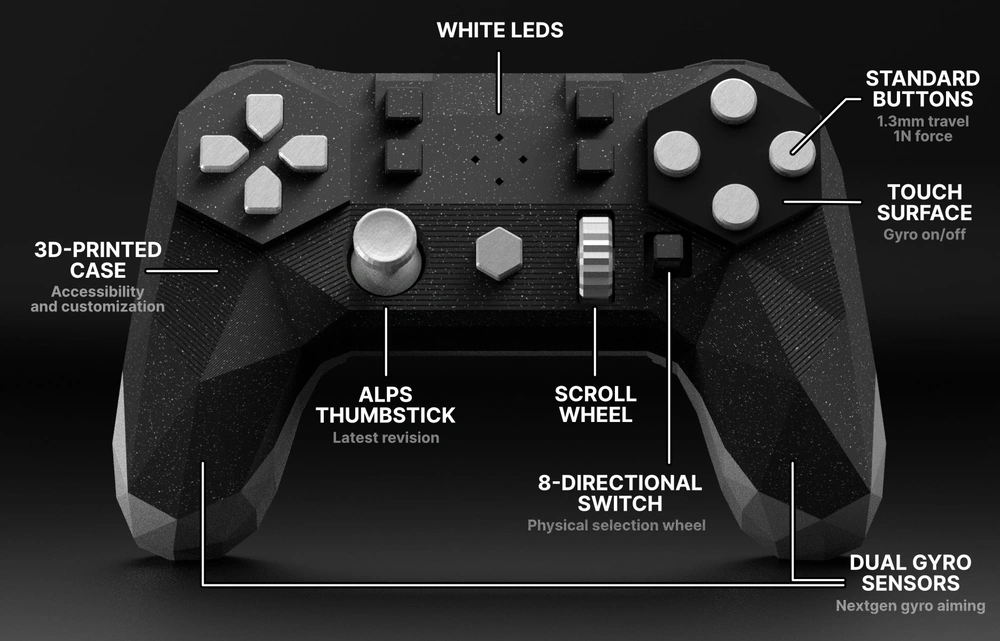
Instructions
If you want an in-depth explanation of the process here is an instructional video, — it’s a little dry, — they have put out on YouTube that takes you through whole process, from idea to product. They start with designing the PCB and having one of the small run custom PCB manufacturers such as JLCPCB, or PCBWAY produce a run of the printed circuit boards for you.
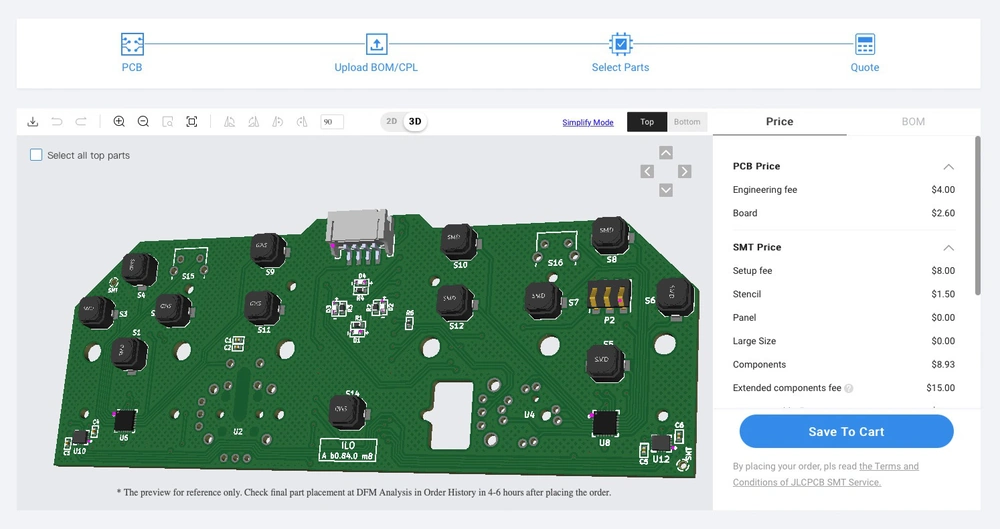
Next, they walk you through soldering the components to populate the bare circuit board, 3D printing the body of the controller, assembling everything, and any finishing touches. One of their primary goals for this project is to enable those with disabilities to be able to enjoy video games and participate in Esports more easily.
The best part is that the entire thing is completely FOSS under the Creative Commons license. You can make as many, of these is in whatever configuration you want and never pay a penny. The only product that I can see that they actually sell (besides the 3D printed bits for those who may not have access to a 3D printer) is an electronics kit for €26.00 Euros, or $28.23USD at present exchange rate.
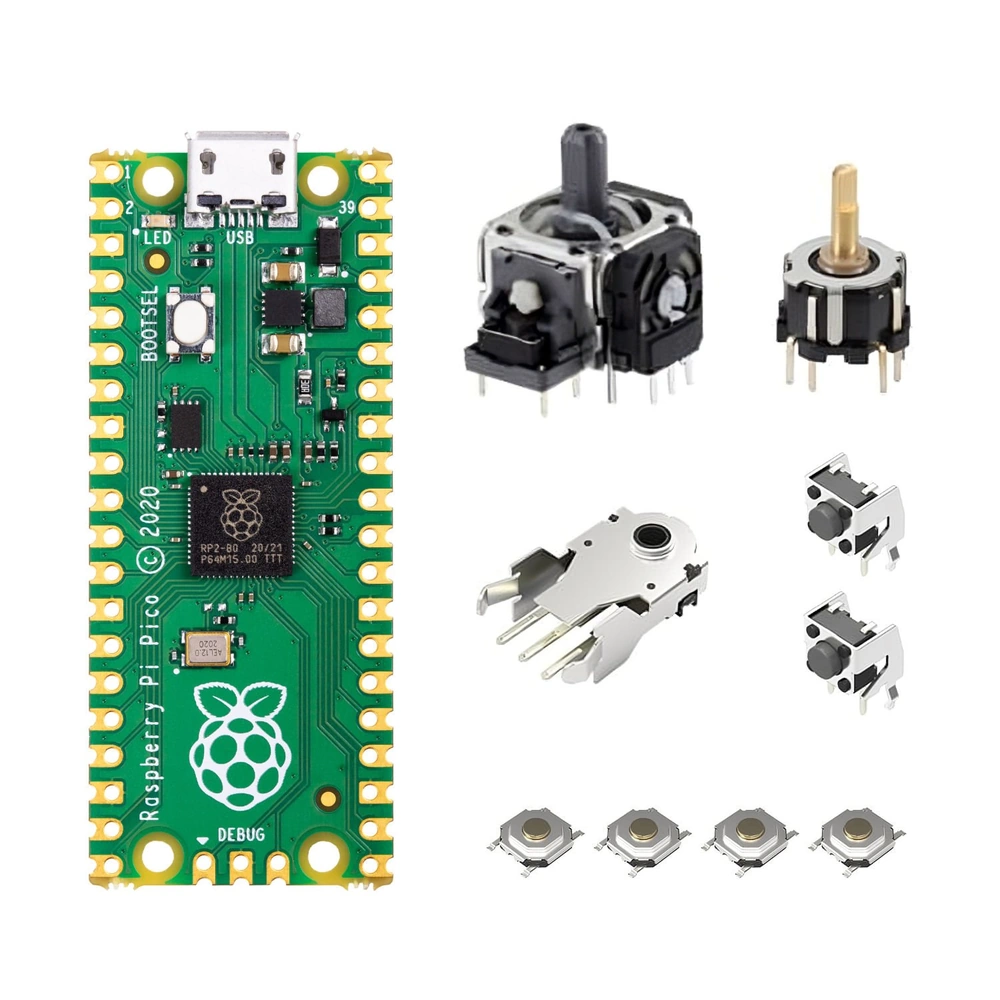
If the picture above is representative of what you receive in the Alpakka electronics kit it contains the following:
- (1x) Raspberry Pi Pico
- (1x) Thumb-stick.
- (1x) Rotary encoder (scroll wheel).
- (1x) 8-directional switch.
- (1x) Trimmer Potentiometer
- (2x) Shoulder button switches.
- (4x) Trigger switches.
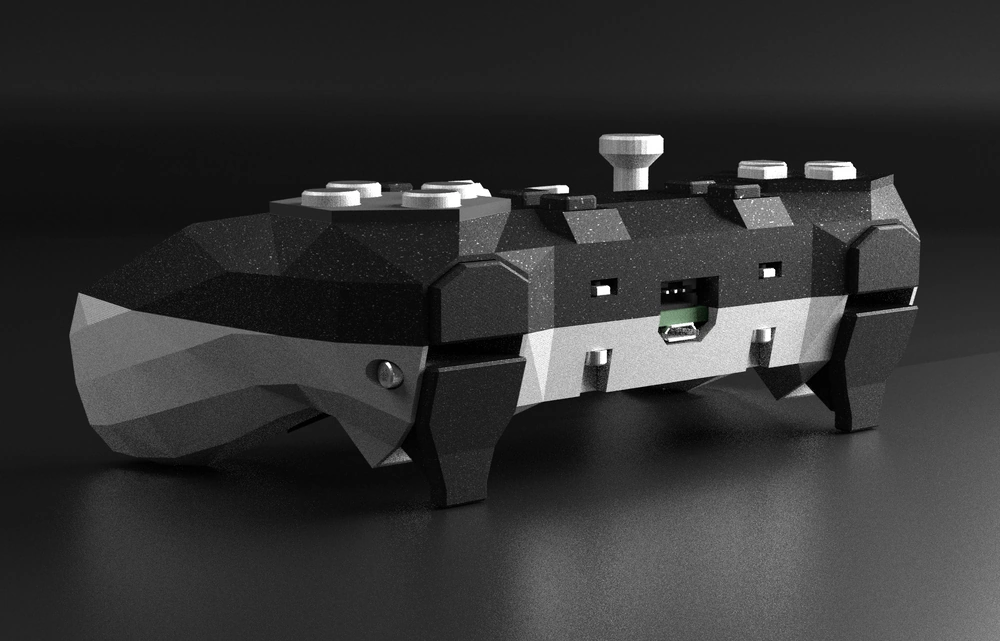
Alpakka Project
If the video wasn’t enough for you and want to know more, here is a link to the Alpakka manual where they go through everything is far more detail than a 9-minute YouTube video allows time for.
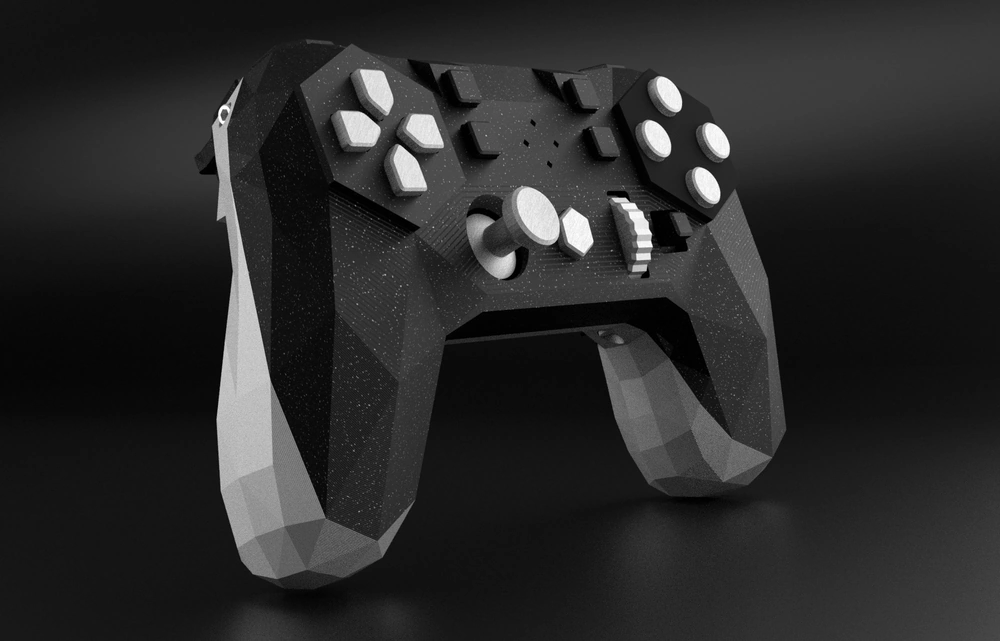
From what I can learn for their website the next product they have in the pipeline is “the Kapybara controller, Input Labs’ second reference design, to be used with a single hand, and more focused on disability use-cases.” If are interested, you can Contribute to Input Labs research in a number of ways. If you don’t happen to be an Electrical Engineer, coding whiz, or have no experience with bringing physical products into being, they are always open to ideas, early feedback, feature requests, and more.
Conclusion
This is the kind of stuff we badly need more of. Anyone who has the interest or desire to help these guys out I encourage you to in any way possible. I haven’t spoken to any of them directly yet, but I feel pretty safe saying that they are motivated by many of the same things that got me motivated to start this blog. These multinationals, with their overpriced, designed to fail crap, sticking it to the little guy by squeezing every last cent out of him that they possibly can.
With any luck at some point in the not-too-distant future open source can do for hardware exactly what it has done for software. Kick those huge money-grubbing corporations right where it hurts. In their margins. Just like paying thousands of dollars for an Adobe Photoshop or Animator license is seriously hard to justify when there are free and open software resources that accomplish the exact same tasks. Paying hundreds of dollars for gaming peripherals is going to be a hard sell when anyone with a 3D printer, soldering iron and a bit of patience can get an equal product for less than $50.
Related
You can check out all of the homemade game controllers we have covered so far here, if this seems like a too much of a project to bit off why not start with something simple? A basic controller using an Arduino Leonardo is a good place to get your feet wet.
